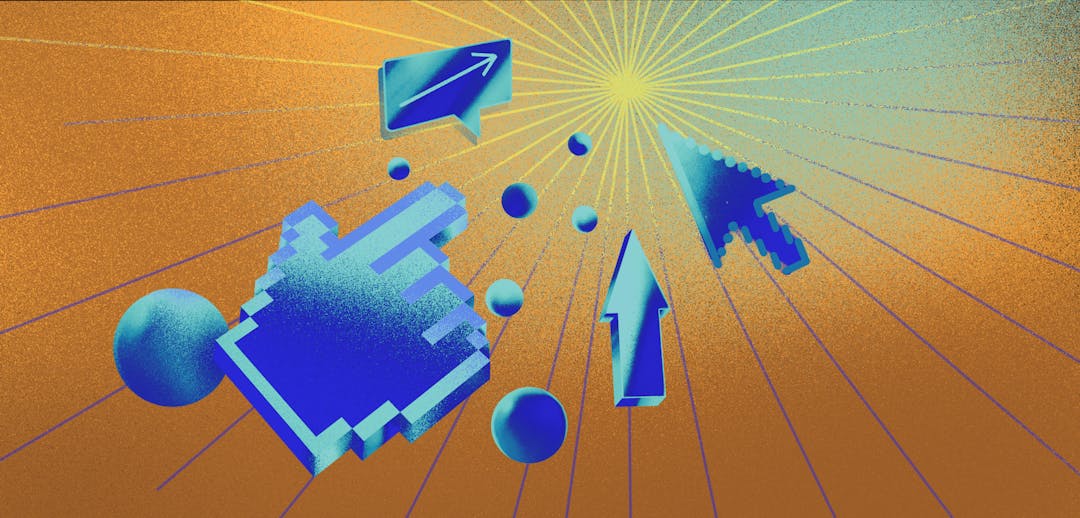Customer success teams can be a game-changer for subscription business. Here’s why you need one and how to build it.
Your customers pay you to help them solve very specific problems. If they are not successful in doing that, then it is unlikely that your business will be a success either. Many times, a piece of software is very powerful but being difficult to use makes it hard for people to be productive while using it. Some of this is best resolved in the design phase, but training and support for customers who are learning the ropes is also vital in getting everyone up to speed and maximizing their productivity.
What is a customer success team?
A customer success team is a unit tasked with creating and delivering a customer success strategy that ensures customers are succeeding with their adoption and use of your product, experiencing the value it has to offer. They focus on building relationships with customers, solving any problems or challenges relating to the use of the product or service, and offering guidance on best practices.
What do customer success teams do?
Customer success team members engage in a number of activities that help ensure customer satisfaction and improve business outcomes for your SaaS product. Some of the functions performed by them may include:
Talk to customers
You can't understand your customer's pain points without understanding their journey. By talking directly to customers, the customer success team is able to determine what the common sticking points are for customers and develop a strategy to ensure that in the future, customers will receive proper and easy to find training to address those pain points.
Help resolve customer problems
Customer support is an important part of the customer success equation. By managing support tickets and working to reduce response times so that customers are not waiting too long to receive an answer, the customer success team is able to resolve problems quickly and efficiently and gather more information about common sticking points in the process.
Manage onboarding
The customer experience begins right from the moment that they sign up with you. The customer onboarding process is your chance to immediately present them with the information that they need to succeed before they have to spend a second looking for answers. Well-managed onboarding can reduce the reliance on the other mediums of customer success and make for a more efficient operation.
Reduce churn
Customer retention should be one of the main goals of any SaaS company. It is also one of the biggest benefits of having a customer success team. Customers who feel they are getting the training they need and who get their questions answered promptly, are more likely to be happy and stick around. Customers who struggle will be looking for alternatives in your competitors.
Why subscription businesses NEED a customer success team
If you are reading this and thinking that a customer success team seems like a lot of work, then you are likely wondering if it is worth the effort. Is a customer success team really something that you want? The reality is that it isn't a matter of want, it is a matter of need. You'd better believe that your strongest competitors have a customer success team in place. If you do not, then your customers are likely to find out eventually that there is an option out there with less friction than yours has. Here are some important things that a customer success team does for you.
Maintain and manage long-term customer relationships
The economic calculations that made SaaS a valid strategy rely heavily on keeping customers around for as long as possible. Ultimately, the goal is to get as much or more from a customer during their lifecycle than you would have, had you sold the product for a much higher one-time fee. Building relationships is a huge factor in keeping those customers around.
Boost customer LTV
Keeping customers around longer by reducing churn is one part of the customer LTV equation, but it isn't the only part. Upsells and cross-sells are also important in increasing the total value of a customer. The more satisfied your customers are with your product, the more likely they are to purchase add-ons or higher tiers from you.
Grow without acquisition
When you have a high churn rate due to customers who are not finding the success they want from your product, you have to rely very heavily on acquisition to make up the difference in revenue. Churn lowers your customer LTV and raises your cost per acquisition. A subscription business can't survive long term with those numbers inverted.
Better ROI vs. acquisition
As discussed in the previous section, acquisitions are always going to cost money. You will get a better return on your investment if you have a customer success team to take some of the pressure off of the sales team. It's easier to get customers to stick around than it is to convince new ones to join up.
How to build a customer success strategy
Hopefully, you've been convinced to build a customer success team and recruited a team. The next step is to work with them on developing a robust customer success strategy . Below are six of the most important steps that a SaaS company can take to reduce the pain points that customers experience.
1. Prioritize customer feedback
You should make it as easy as possible for customers to contact you and provide feedback. Follow up with customers promptly, whenever needed and try to understand the issues that they're having and use that knowledge to improve your training material. When you take customer satisfaction surveys, you should always include a question about how your service could be improved. In every situation possible, responding to customer feedback should be a priority because it is a direct line to the changes you need to make to improve customer retention.
2. Map different customer journeys
Not every customer is going to use your product in the same way, and not everyone who uses it will have the same sticking points. It is important to understand all of the different journeys that a user may have as they interact with your product, and act to minimize the friction in those journeys. Additionally, remember that people perceive value differently. Learn all of the things that your customers value most and optimize around them.
3. Identify where customers churn
Customer churn is not often random. If you can identify the problem areas that are associated with a high churn rate, then you can improve those areas. Ensure that your product is easier to use — put visible links to content that will help the customer figure out what they need to be doing in order to achieve their goals, or create new content to address those very specific issues if it doesn't already exist. Your churn rates should improve dramatically as your customer success team begins to identify problem areas and whittle away at them.
4. Optimize each step of the customer lifecycle
This step is simply the constant repeat of steps two and three. You will never have a perfect product that nobody can ever be confused by. So, it's important to continually monitor the different customer journeys and the churn points that arise from those journeys. As time goes on, if your customer success team is good at what they do, the number of people affected by a given churn point will diminish. Every optimization that keeps customers around is increasing the money in your pocket at the end of the month.
5. Build a knowledge base
It would not be a very efficient use of labor resources if you forced your customers to contact customer support every time they couldn't figure something out. Documentation, tutorials, and FAQs are all very important pieces of content to have so that customers can solve problems for themselves. But in order to be the most effective, those pieces of content need to be organized. A knowledge base is a searchable repository of all the information that a customer may want to find about your product. By creating a knowledge base and putting all of the self-service content you have inside of it, you are giving customers greater power to solve their own problems.
6. Use live chat automation
Your customers want their problems solved as soon as they arise. If they cannot find the information that they are looking for in the knowledge base, then they will have to reach out to your team. If you are relying on emails, then you won't be able to provide an answer to the customer as quickly as they'd like. Live chat automation allows the customer to engage with help immediately. A bot can answer many of the questions that a customer may have, and may be the only option after hours. If your site is based on WordPress, you can use the available WordPress plugins for live chat. It is, however, also a good idea to have humans available to help when the bot fails to find an adequate answer to very specific problems.
Operating a SaaS company without a customer success team would be like operating the company without a sales team. In fact, if the success team does their job effectively, they reduce your reliance on acquisition to stay afloat. They are a vital part of any SaaS product to keep customers from straying off to the competition.



